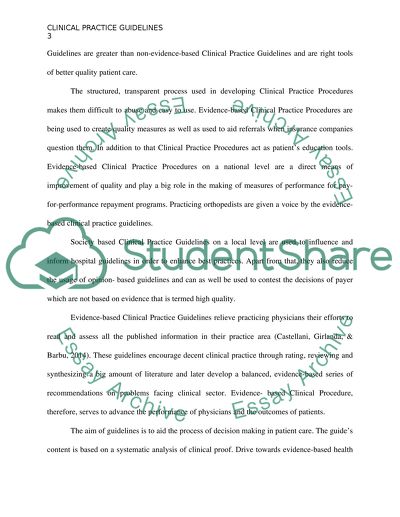Cite this document
(“Analysis and Application of Clinical Practice Guidelines & Scoring Essay”, n.d.)
Analysis and Application of Clinical Practice Guidelines & Scoring Essay. Retrieved from https://studentshare.org/nursing/1671869-analysis-and-application-of-clinical-practice-guidelines-scoring-rubric
Analysis and Application of Clinical Practice Guidelines & Scoring Essay. Retrieved from https://studentshare.org/nursing/1671869-analysis-and-application-of-clinical-practice-guidelines-scoring-rubric
(Analysis and Application of Clinical Practice Guidelines & Scoring Essay)
Analysis and Application of Clinical Practice Guidelines & Scoring Essay. https://studentshare.org/nursing/1671869-analysis-and-application-of-clinical-practice-guidelines-scoring-rubric.
Analysis and Application of Clinical Practice Guidelines & Scoring Essay. https://studentshare.org/nursing/1671869-analysis-and-application-of-clinical-practice-guidelines-scoring-rubric.
“Analysis and Application of Clinical Practice Guidelines & Scoring Essay”, n.d. https://studentshare.org/nursing/1671869-analysis-and-application-of-clinical-practice-guidelines-scoring-rubric.


